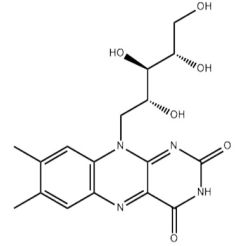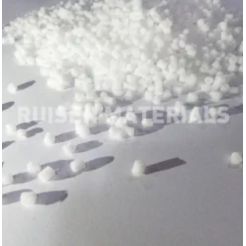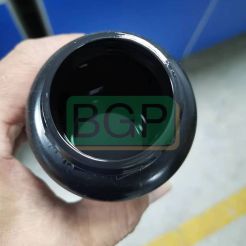High Quality Insecticide Pest Control Imidacloprid
Imidacloprid is a highly effective insecticide that falls under the neonicotinoid class of chemicals. It was first introduced in the market in the 1990s and has since become a popular choice among farmers, gardeners, and pest control professionals.
Product Description
Introduction:
Imidacloprid is a highly effective insecticide that falls under the neonicotinoid class of chemicals. It was first introduced in the market in the 1990s and has since become a popular choice among farmers, gardeners, and pest control professionals. Imidacloprid is known for its broad-spectrum activity, long-lasting effects, and relatively low toxicity to mammals, making it an ideal solution for combating a wide range of insect pests.

Usage:
Imidacloprid is mainly used for the control and eradication of various insects. It can be applied to agricultural crops, ornamental plants, turfgrass, and even in residential settings. Due to its systemic properties, this insecticide is easily absorbed by plants and distributed throughout their vascular system. As a result, insects feeding on the treated plants ingest the chemical and are effectively eliminated.
Application:
Imidacloprid can be applied through various methods depending on the nature of the infestation and the target pests. The most common application methods include foliar sprays, soil drenching, and seed treatments.
Foliar sprays involve diluting the imidacloprid concentrate with water and applying it using a handheld or backpack sprayer. This method is suitable for controlling pests present on the leaves and stems of plants. It is important to ensure thorough coverage, targeting both the upper and lower surfaces of the foliage for optimum effectiveness.
Soil drenching is a popular technique for treating plants affected by insects that reside below the ground, such as grubs, aphids, and termites. The imidacloprid solution is poured directly onto the soil around the plant's base, allowing the roots to absorb the chemical. It is advisable to follow the recommended dosage and frequency to prevent over-application.
Seed treatments involve coating the seeds with imidacloprid before sowing. This method not only protects the emerging seedlings from early insect attacks but also prevents pests from spreading diseases. Seed treatments offer long-term protection and are commonly used in large-scale agricultural operations.
Precautions:
Although imidacloprid is widely regarded as a safe insecticide, it is essential to follow the recommended guidelines and safety precautions to minimize any potential risks.
1. Personal protective equipment (PPE): When handling imidacloprid concentrate or during spraying, it is important to wear protective clothing, including gloves, goggles, and a respiratory mask to avoid direct contact or inhalation.
2. Environmental considerations: Imidacloprid has been associated with negative impacts on pollinators like bees and other beneficial insects. Therefore, it is crucial to apply the insecticide with caution, avoiding drift onto flowering plants or areas where bees are actively foraging.
3. Proper storage and disposal: Imidacloprid should be stored in a cool, dry place away from children and pets. Any unused or expired product should be disposed of according to local regulations. Avoid rinsing imidacloprid containers directly into water bodies to prevent water contamination.
4. Protective buffer zones: When applying imidacloprid near water sources or sensitive areas, it is advisable to maintain a buffer zone to minimize the risk of runoff and potential ecological impacts.
Email: senton3@hebeisenton.com
Mob.: +86 199 4348 8906
Tel.: +86 311 6800 1160
Add.: 17th COFCOHB Plaza No.345 Youyi North Street Shijiazhuang Hebei China










